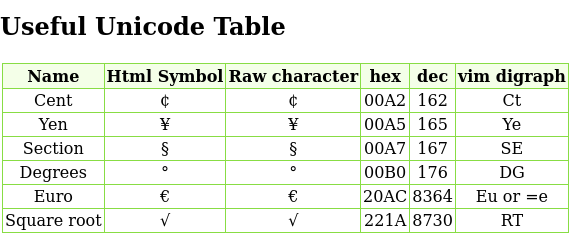I use two different main Bible programs on my mobile device (with apologies to a random dude I follow):
Both of these are SWORD project clients, which means they can use the mostly-open-source Bible contents and distribution mechanisms to get more content.
While I grew up reading the King James Version (KJV), aka Authorized Version (AV), of the Holy Bible, I now primarily use the English Standard Version (ESV). I also am interested in a few other translations, and both of these programs let you download and use and switch between multiple versions. In addition to other Bible texts, there are commentaries, dictionaries, and other types of mostly-print media available as modules to the SWORD project.
Because of BibleTimeMini's disappearance from the Play Store, I started researching presently-available Bible apps for mobile devices, starting in the free-software F-Droid app store, and found AndBible.
Each app has a different-generation mobile UI to navigate. I like the traditional view of BibleTimeMini, but I guess I'm getting used to the Material Design/modernness of AndBible.
BibleTimeMini would download additional modules to my visible internal storage, at /.sword/, so it was easy for me to manually manipulate the modules (i.e., back them up with other means). AndBible stores them... somewhere, that I haven't found. I found that frustrating. However, AndBible supports custom web repositories for modules (and you know how much I love repositories, so it's not too hard to get custom selections available as kind of a reverse-backup.
I much prefer the book-and-chapter navigation of BibleTimeMini, but I fear that AndBible is the only one to be available on the web in the long term, so I'm trying to get used to AndBible. I have backed up the apk of BibleTimeMini though, just like I partially mirror F-droid's repository.
Basically, I like carrying the Word of God in my pocket , in all the various translations I care about, alongside all the electronic conveniences I would have in my pocket already anyways. And these two apps both do the job. And they're both FLOSS!

